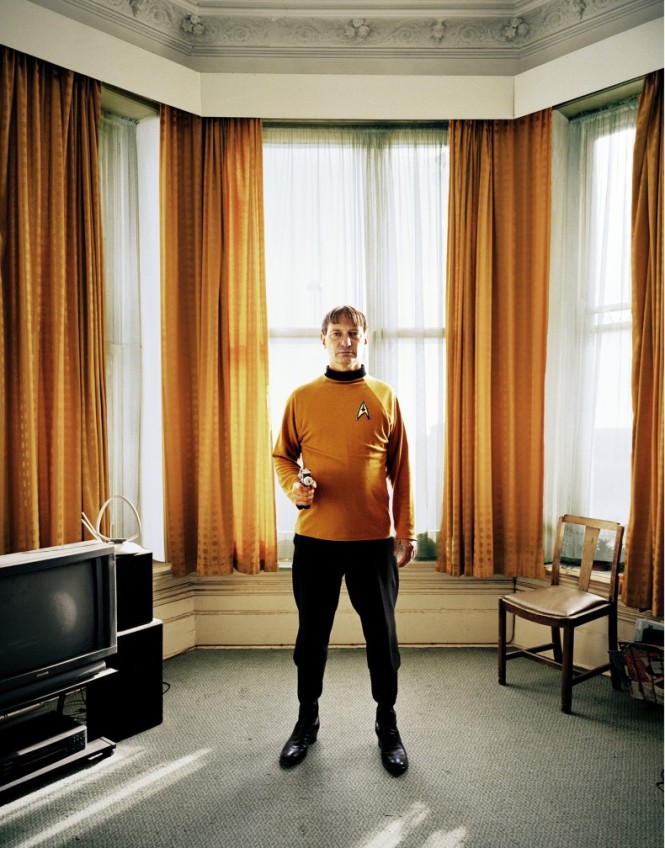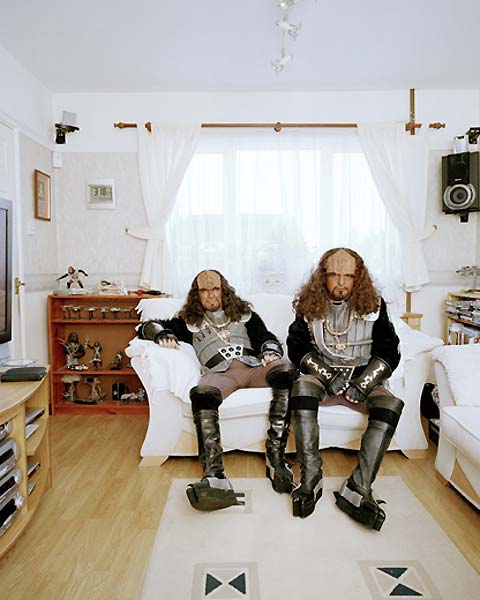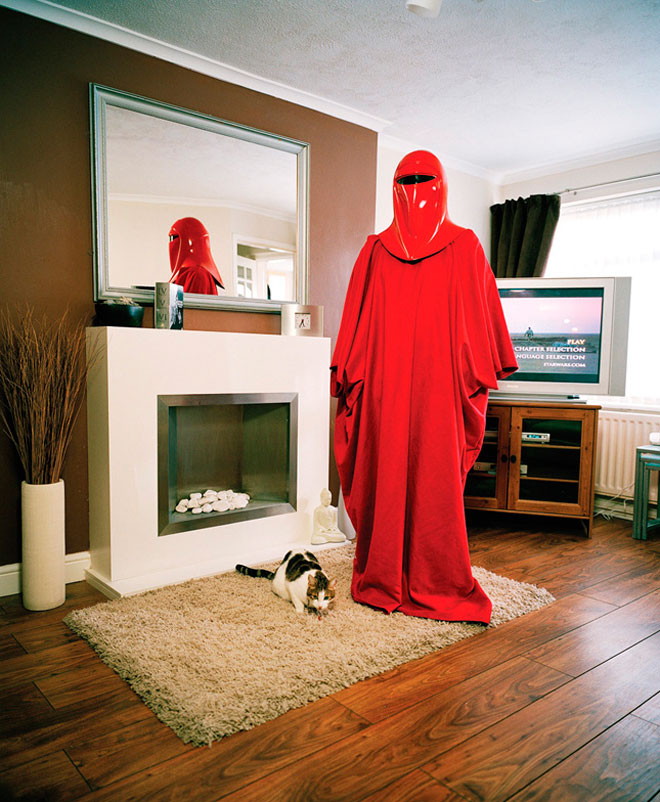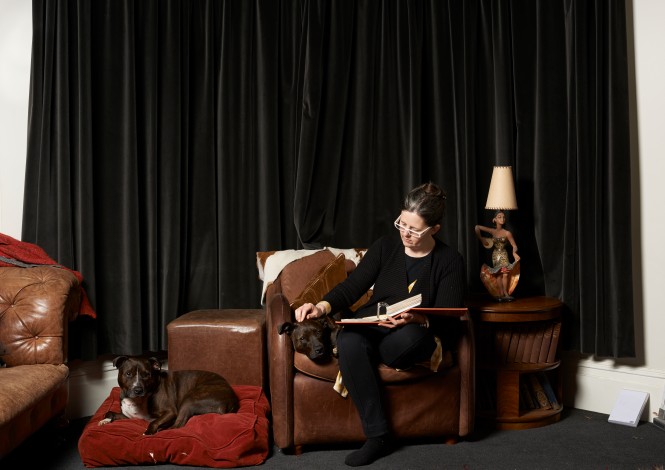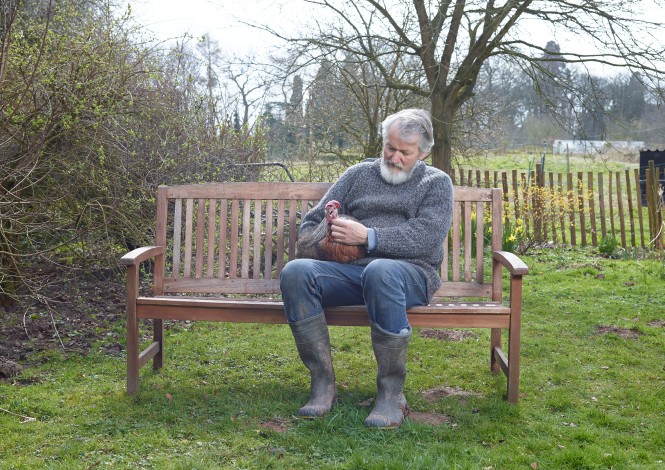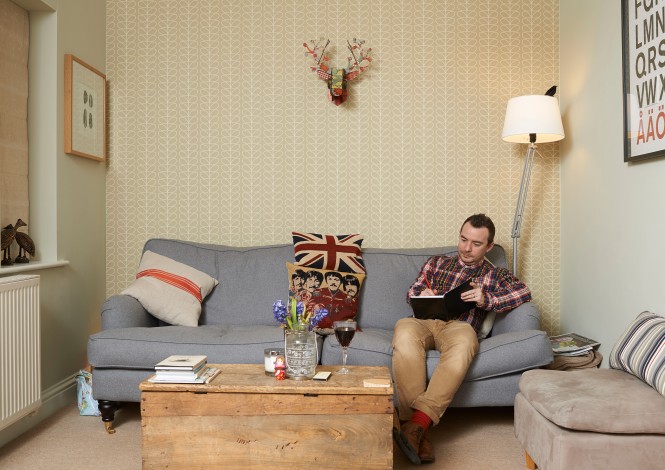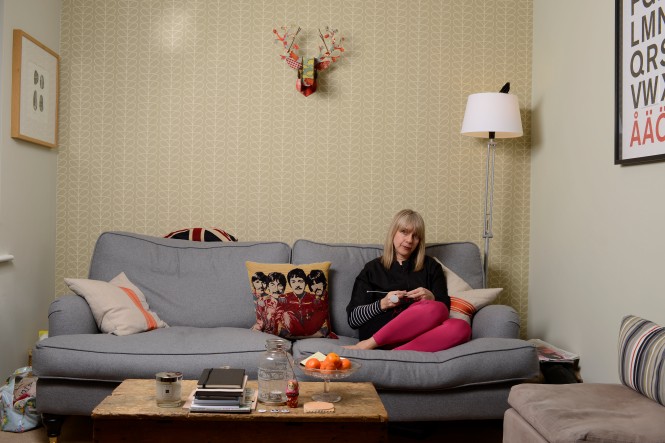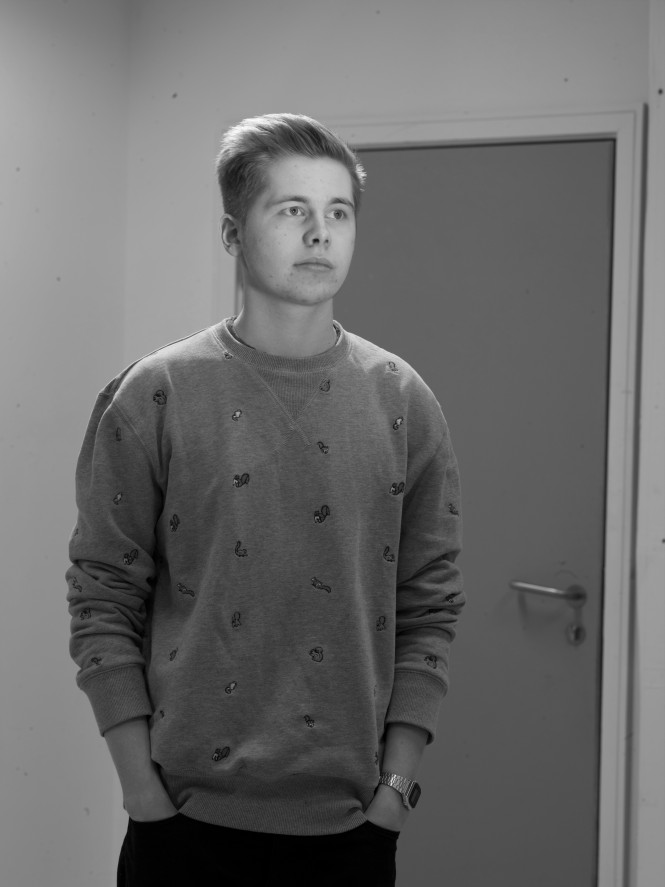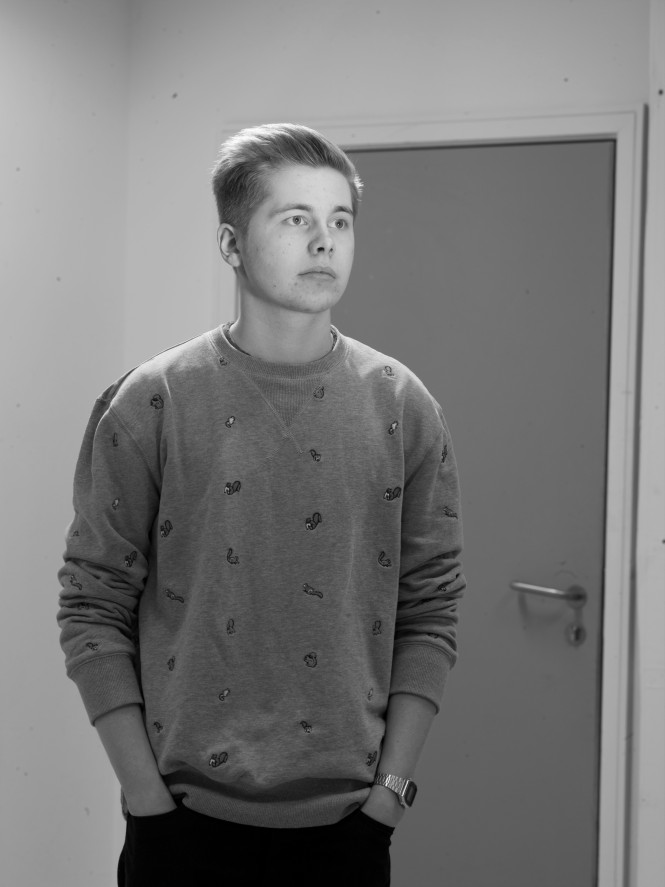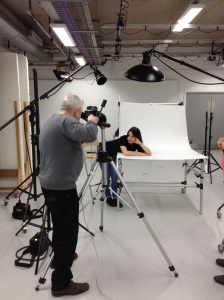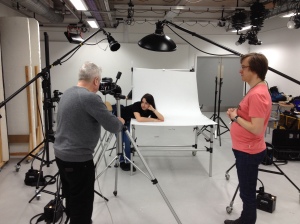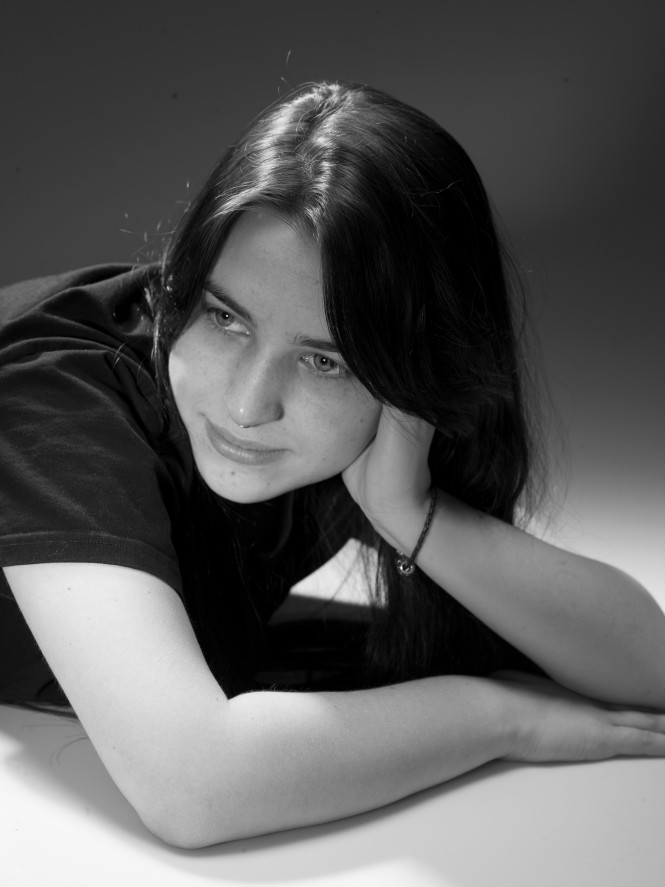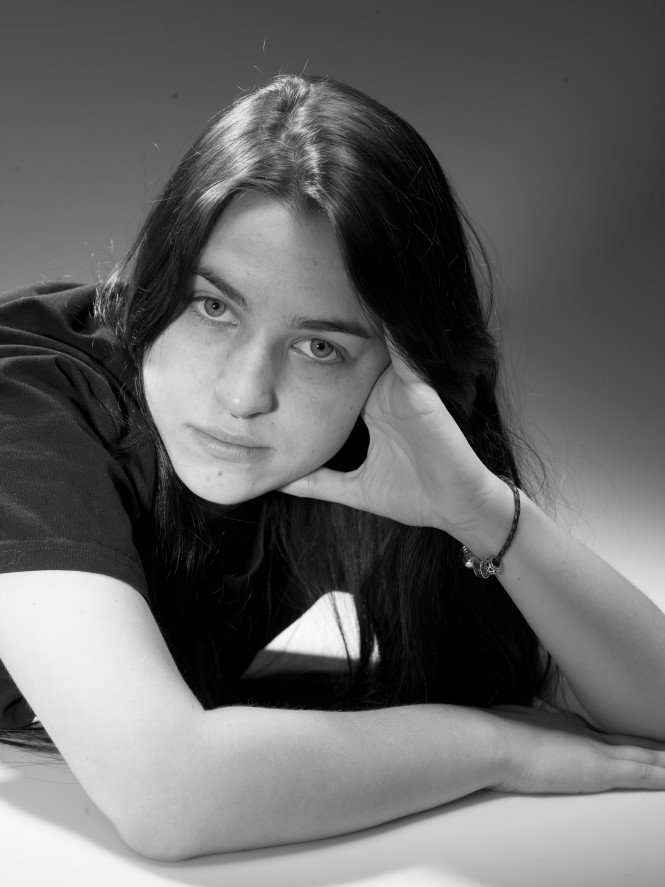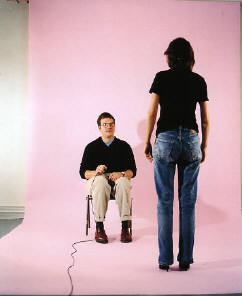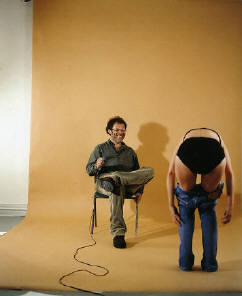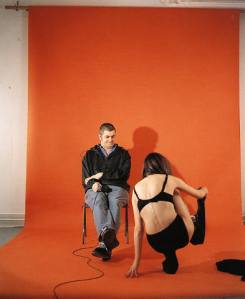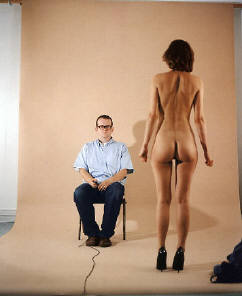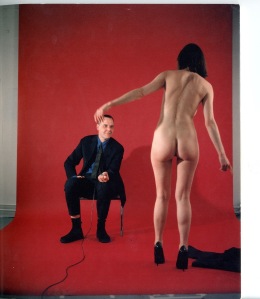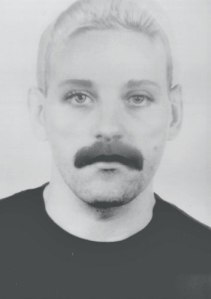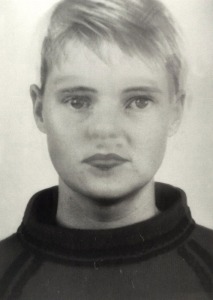Steve Schofield is a well known English photographer who has worked for many people and company’s including; Vogue, Vanity Fair, Esquire, Marie Claire, Tatler, The Sunday Times Magazine, The Hollywood Reporter, EMMY, Empire Magazine, Guardian Weekend Magazine.
Schofield spent the majority of his early career in London. He then moved to the US in 2012 and now works between New York and Los Angeles. There is a series of work that Schofield has done that I am really interested in. this pices of work is called ‘The Land Of The Free’.
In this body of work that he has made, Schofield explores the fascination that the British public has with American popular culture of fandom. Schofield has photographed star trek fans or (Trekkies) and star war fans that are dressed up in their costumes in there homes. When looking at this work the viewer is given a glimpse into the life of a Trekkie or star wars fan. When you look at these images the people look out of place photographed in their costumes sitting on the sofa or standing in the living room. However his is what Schofield is trying to do. He is photographing the extrovert/frenetic in an ordinary setting.
I really like the way that Schofield has photographed these portraits by leaving in the surroundings of the home in shot. I think that this gives it more character and tells us a bit more about the subject.Schofield has used a big soft box over a flash to light his images. By using a big soft box you get this overall flat light to the image which has a lovely effect to it.

